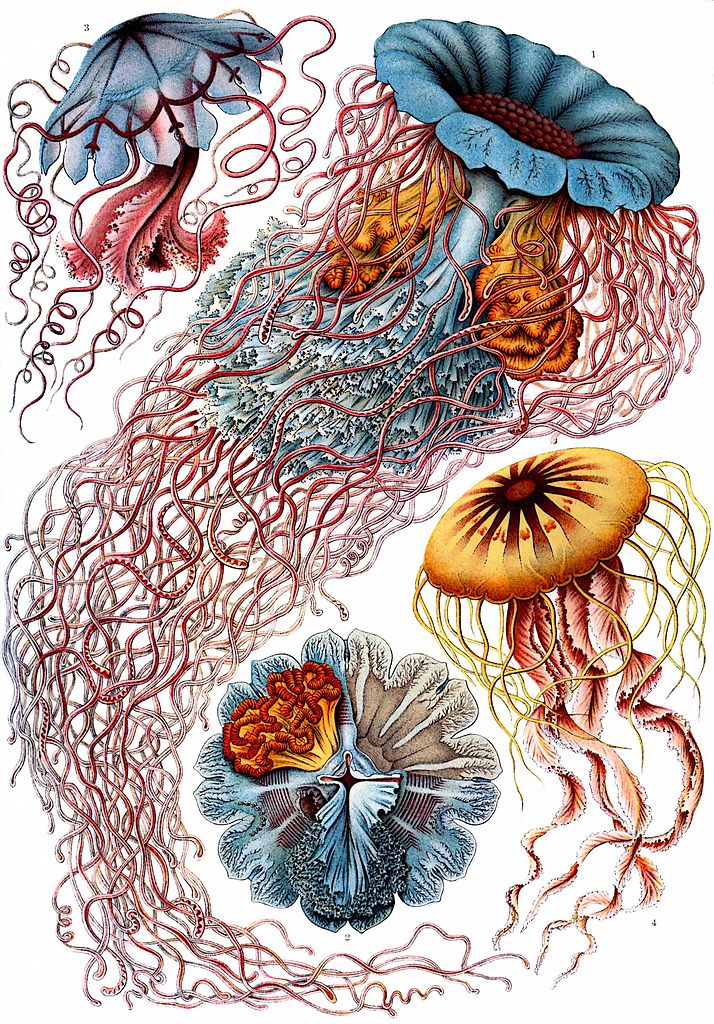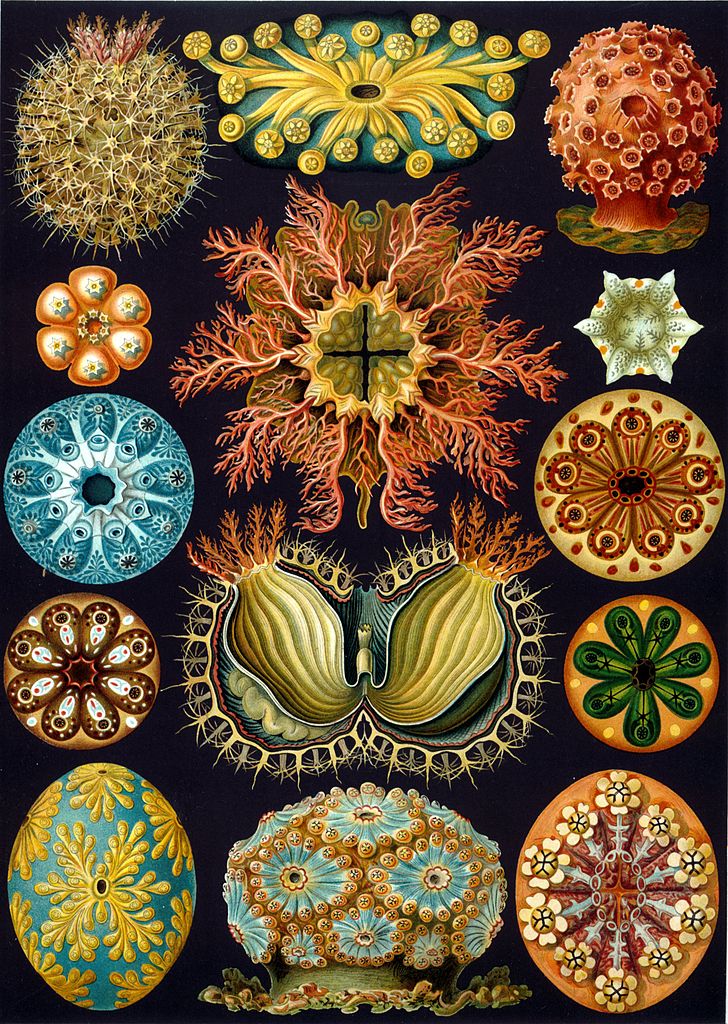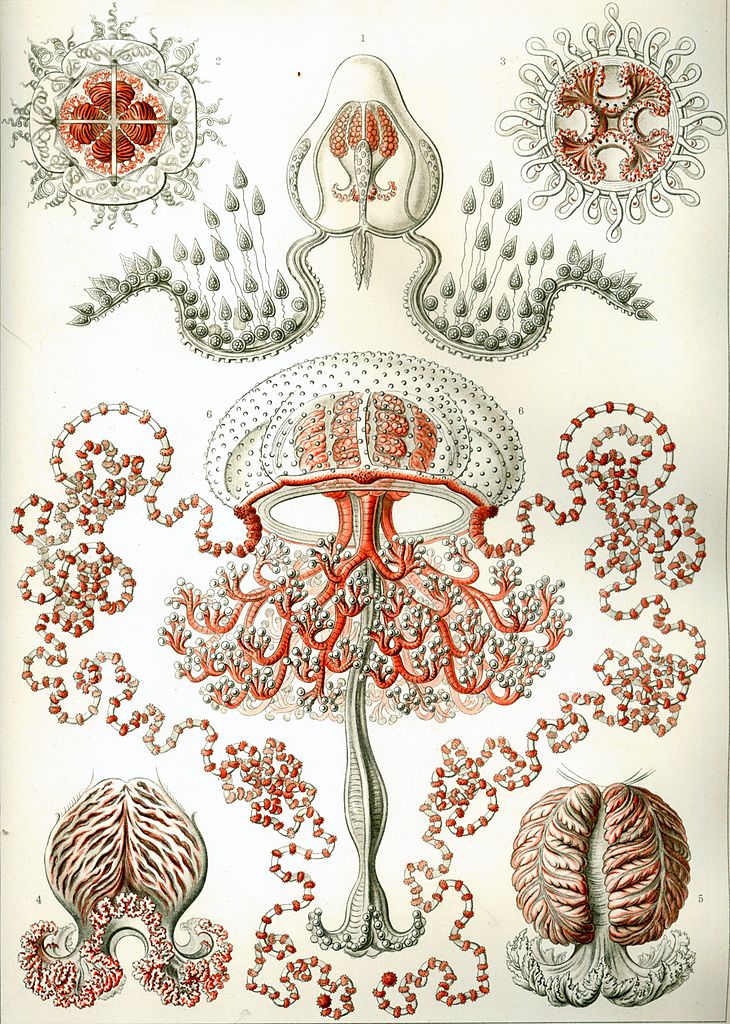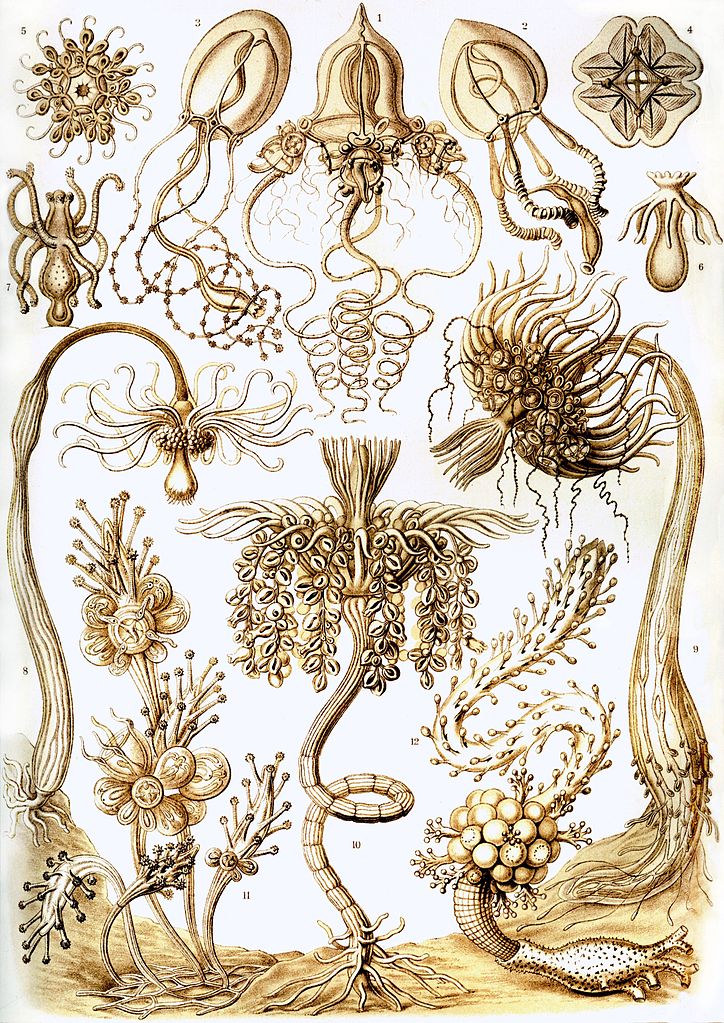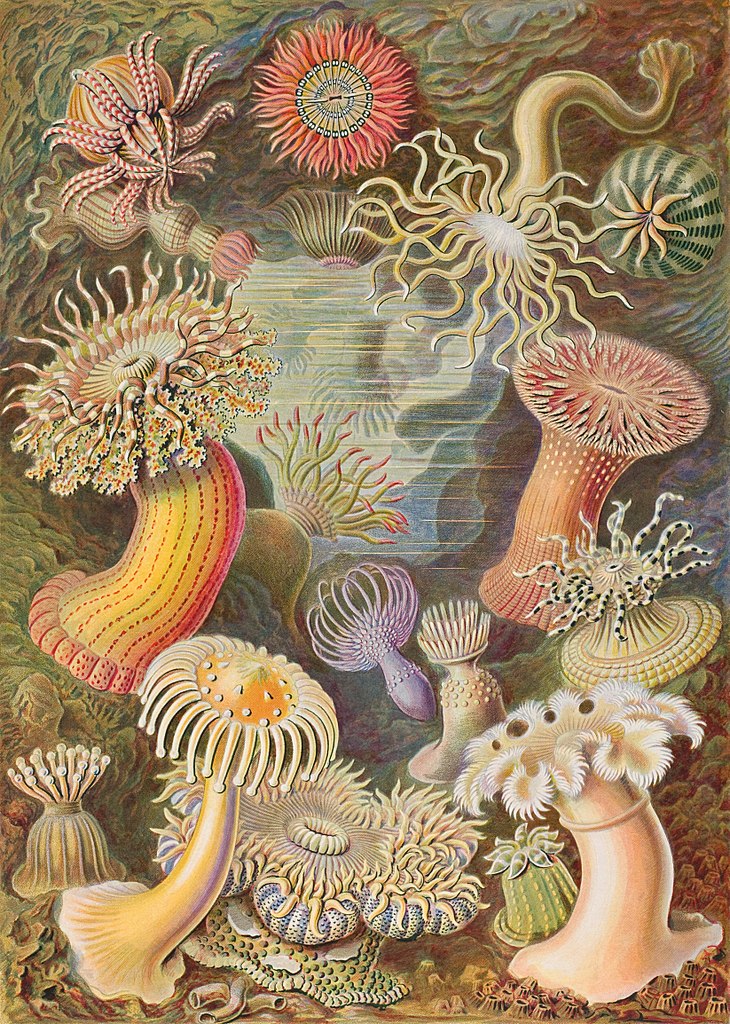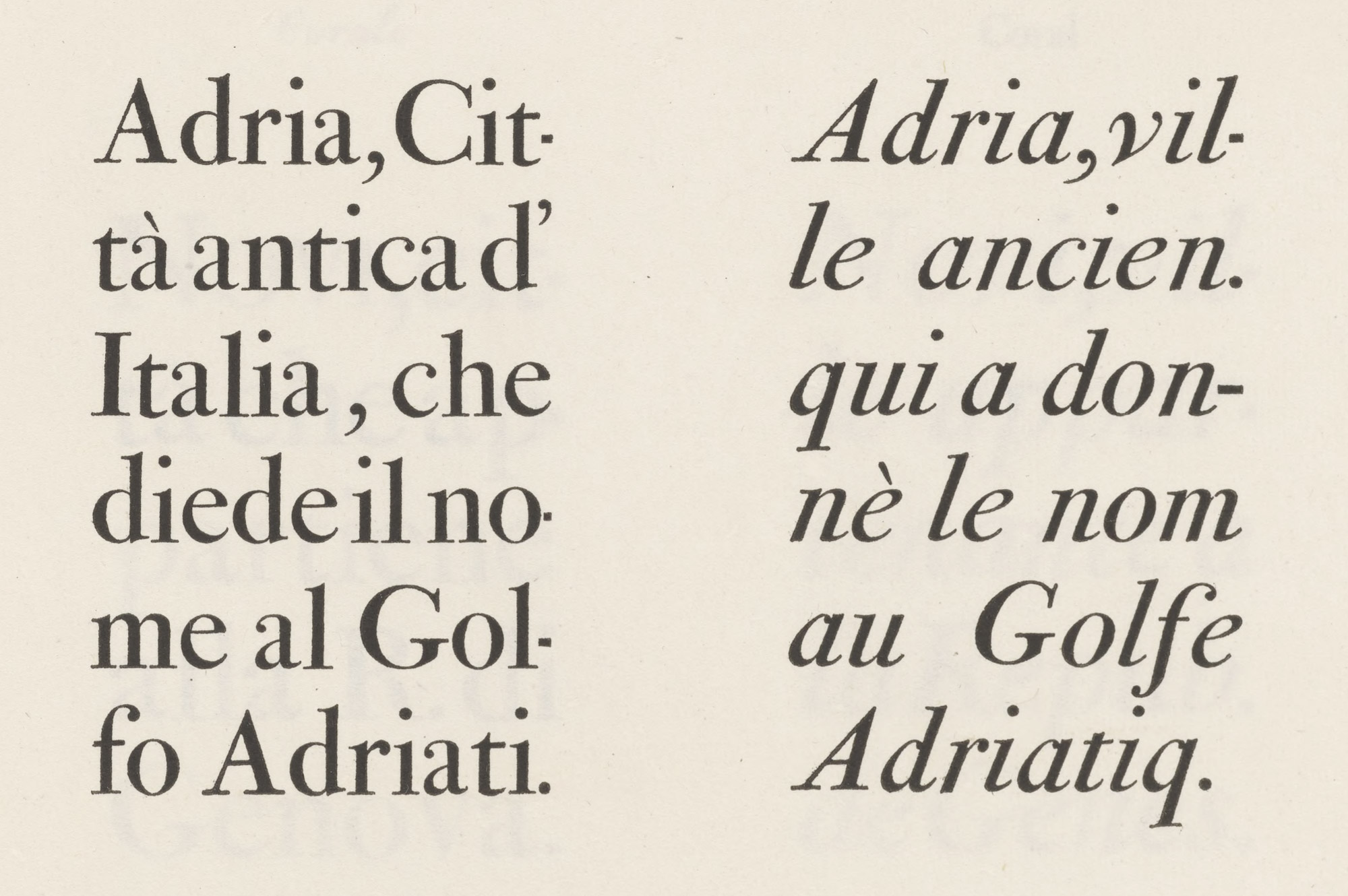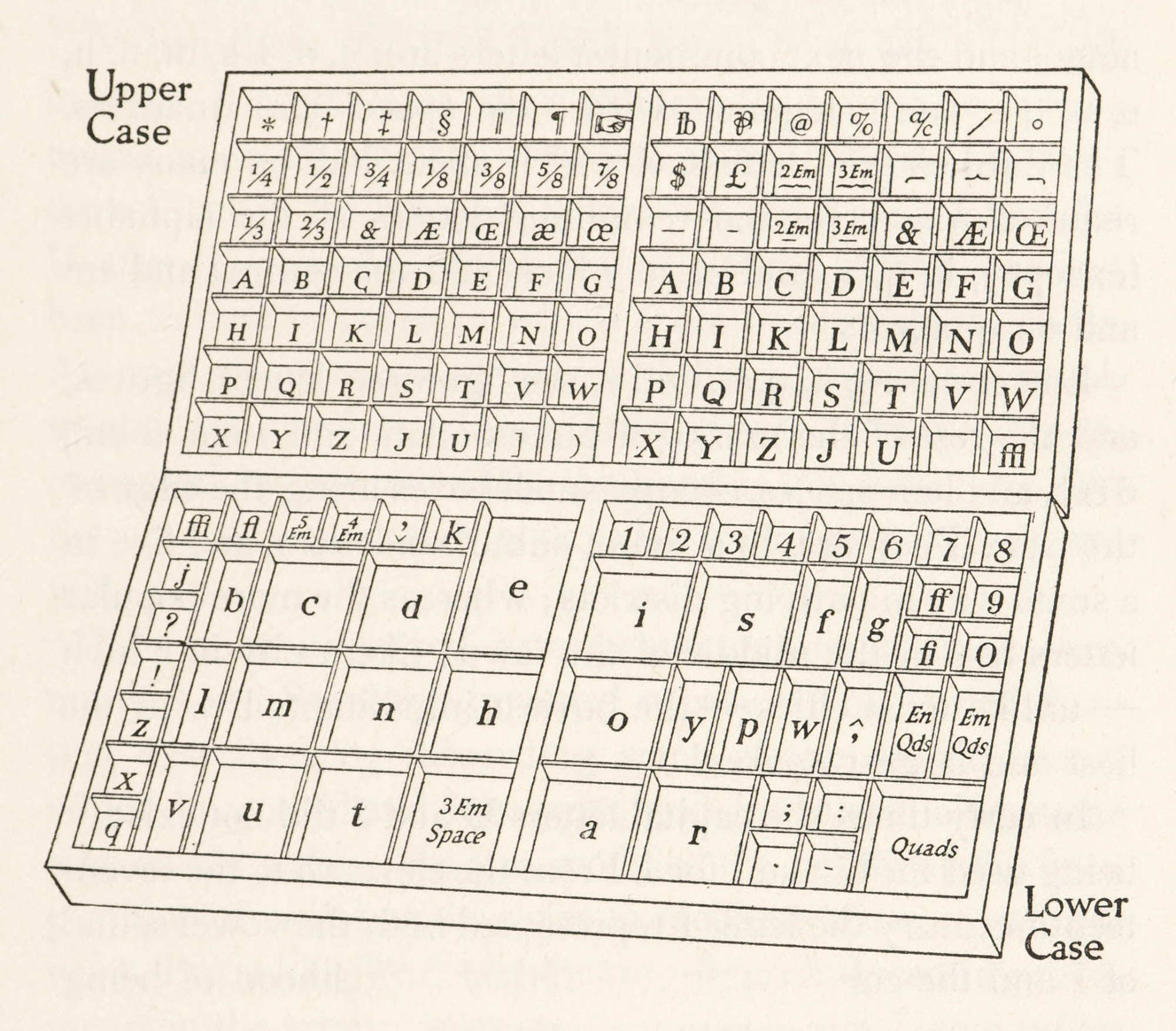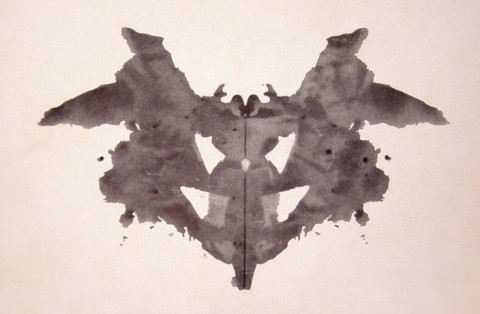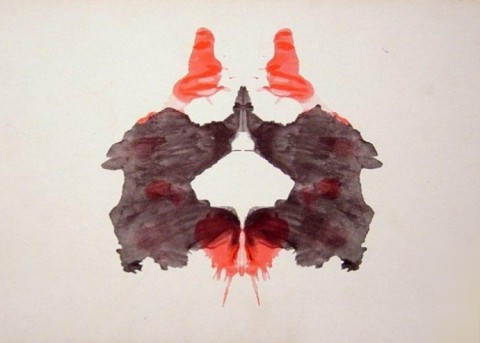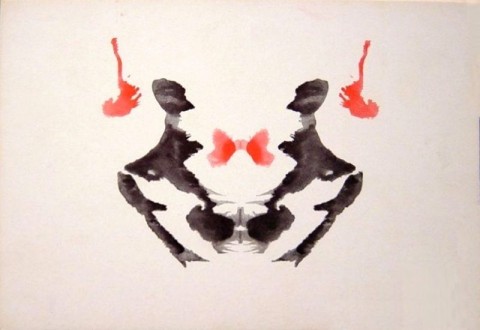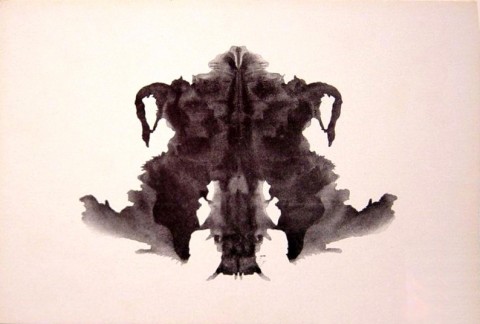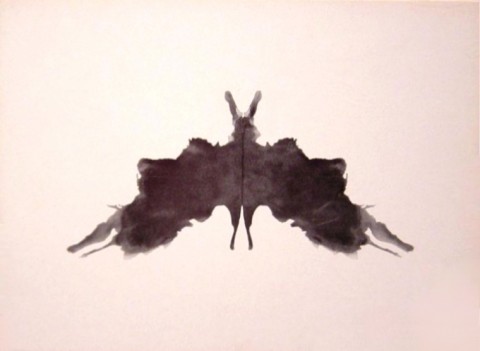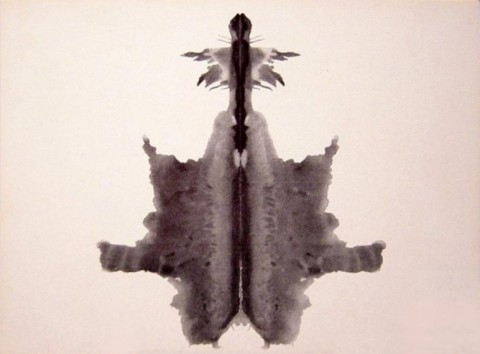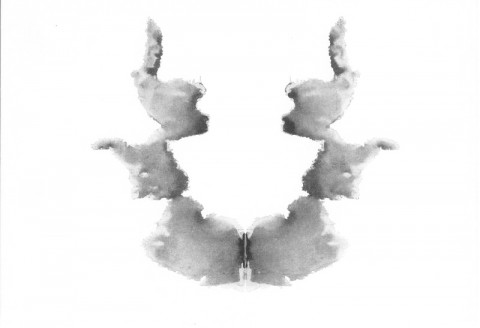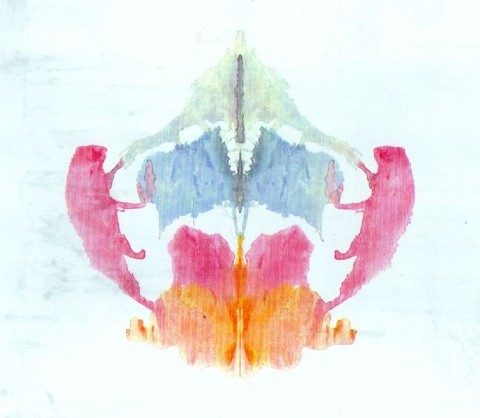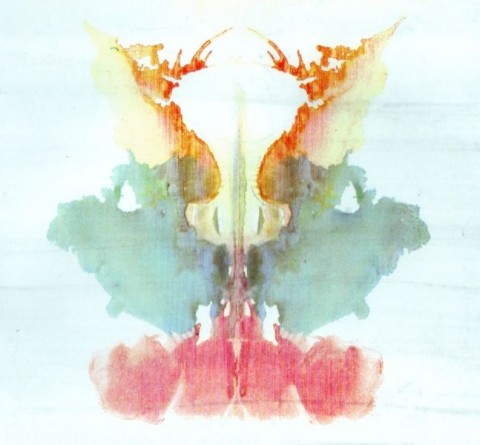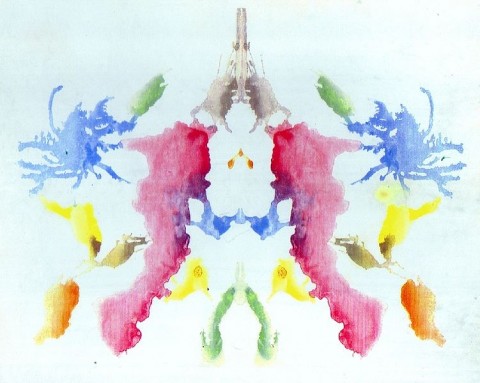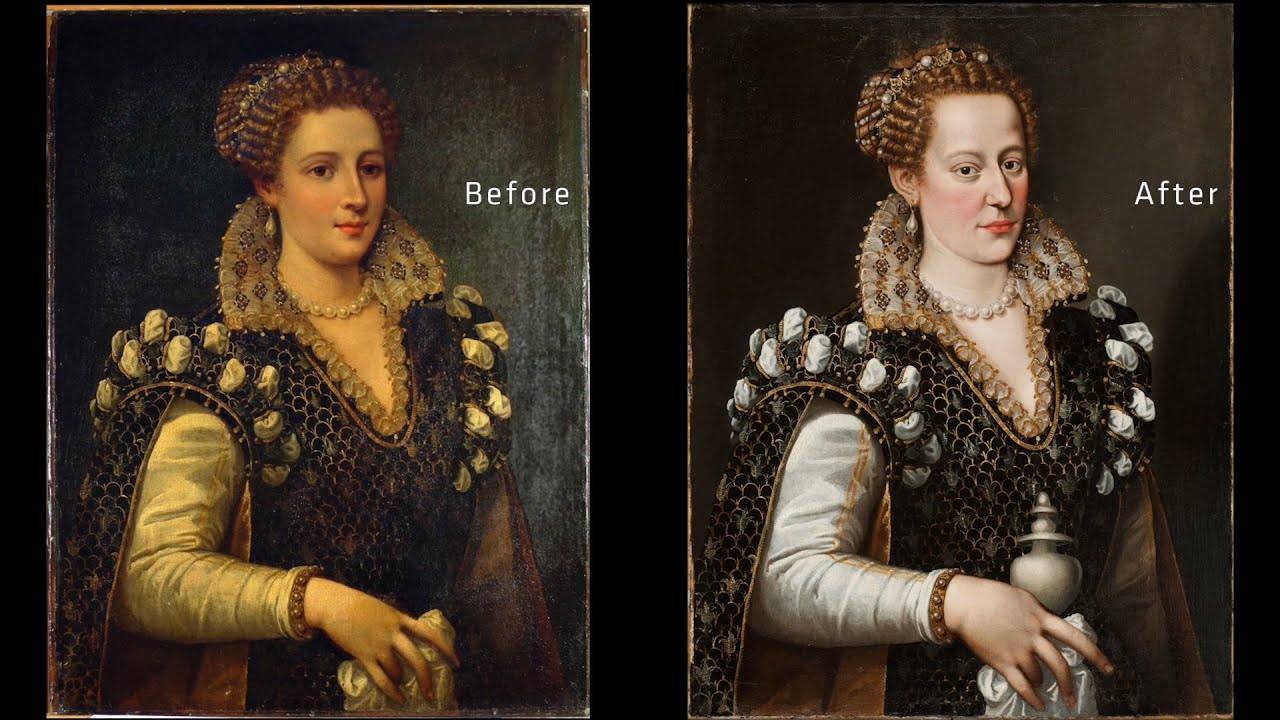With the tenth anniversary of David Bowie’s death coming up early next year, more than a few fans will have their minds on a pilgrimage to mark the occasion. Perhaps with that very time frame in mind, the V&A East Storehouse in London has just opened the David Bowie Center. Run by the Victoria and Albert Museum, to which Bowie left an archive of about 90,000 of his possessions, this new institution will show a few hundred of those artifacts at a time, and even make a range of them available on request to visitors. As for what exactly is in there, Jessica the Museum Guide makes a brief survey of the Bowieana currently on display in the video above.
Some of the featured objects, like the suits Bowie wore in his videos for “Life on Mars?” and “Let’s Dance” or the crystal ball he held aloft as Jareth the Goblin King in Labyrinth, may well be recognizable even to casual Bowie appreciators. Longer-term fans will surely recognize the outlandish but elegant Kansai Yamamoto-designed costumes that visually defined personae like Ziggy Stardust and Aladdin Sane, the Alexander McQueen-designed Union Jack frock from the cover of Earthling, and perhaps even the metal angel wings Bowie donned onstage during the highly ambitious but much-derided Glass Spider Tour of the late nineteen-eighties.
Going deeper, there’s also the Stylophone, a kind of toy electronic instrument from the late sixties, that Bowie used on “Space Oddity” (and had to repurchase on eBay); the much more professional-grade EMS suitcase synthesizer given to him by Brian Eno, which he used on the “Berlin trilogy” albums they made together; the personal deck of Oblique Strategies, co-created by Eno, that shows signs of intensive use in Bowie’s own creative process; his correspondence with Let’s Dance producer Nile Rodgers (a curator of the Bowie Center’s current exhibition), about their second album Black Tie White Noise; and materials from Omikron: The Nomad Soul, the computer game to which he contributed music as well as a digitized performance in the late nineties.
The collection that Bowie donated to the V&A already came carefully organized and cataloged, which shows a meticulousness uncommon to rock stars, and a deliberateness about not just cultivating his public image at any given cultural moment, but also actively curating the materials of his own historical narrative. It seems Bowie always had one eye on the past: his own, of course, but also more distant eras, rich with disused aesthetics to revive and make his own. The other eye he kept on the future, especially as the internet was growing into a cultural force. The David Bowie Center has his personal notes on the subject, which include a reference to BowieNet, the internet service provider he founded around the turn of the millennium. BowieNet is now long gone, of course, but Bowie’s legacy — especially now that it’s been institutionally enshrined and made so accessible to the public — will outlast us all.
Related Content:
The Art Collection of David Bowie: An Introduction
Meet the Memphis Group, the Bob Dylan-Inspired Designers of David Bowie’s Favorite Furniture
The Musical Career of David Bowie in One Minute … and One Continuous Take
Based in Seoul, Colin Marshall writes and broadcasts on cities, language, and culture. His projects include the Substack newsletter Books on Cities and the book The Stateless City: a Walk through 21st-Century Los Angeles. Follow him on the social network formerly known as Twitter at @colinmarshall.
